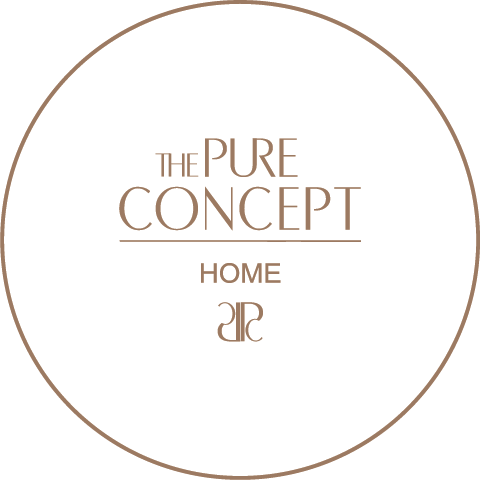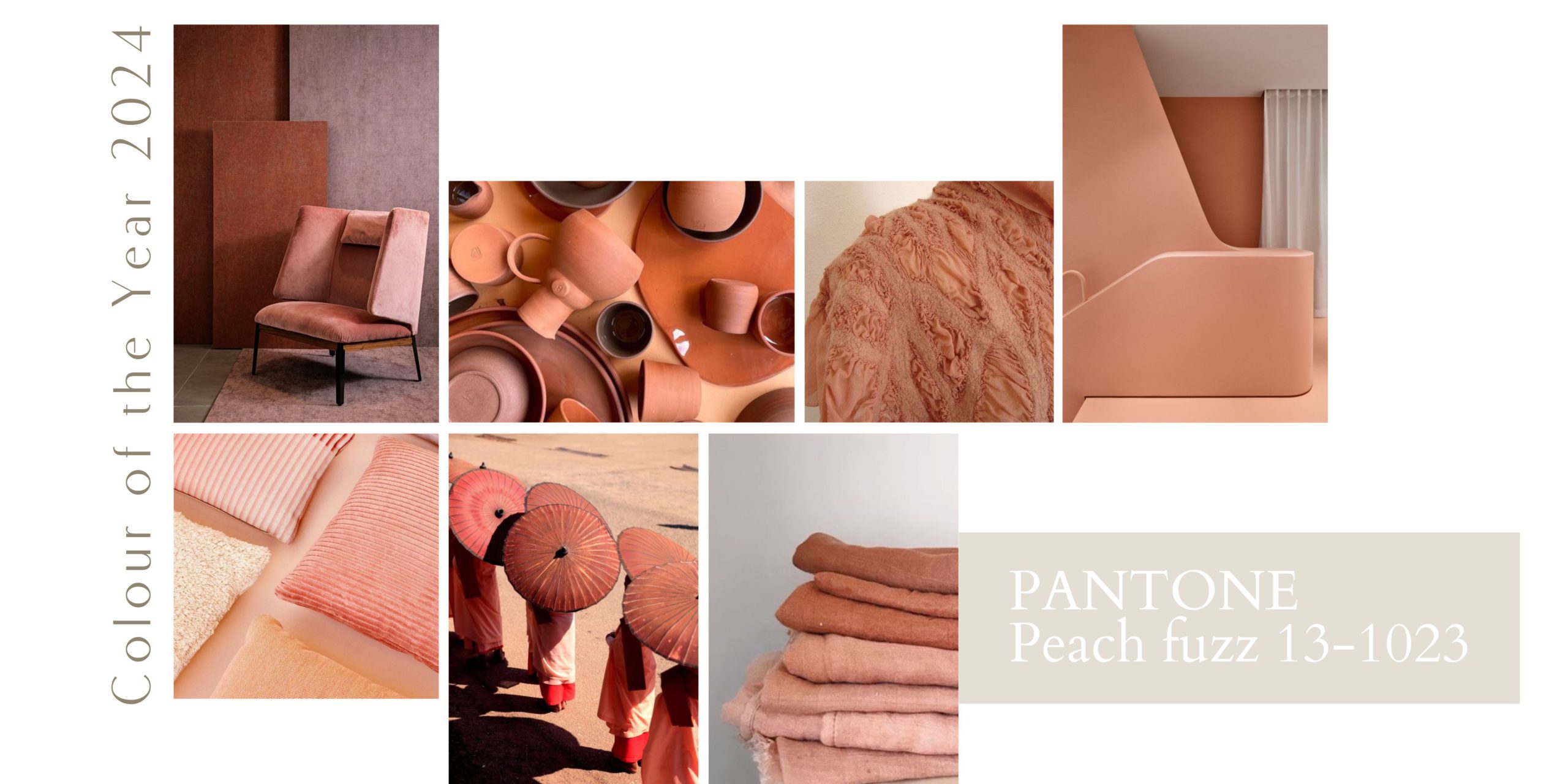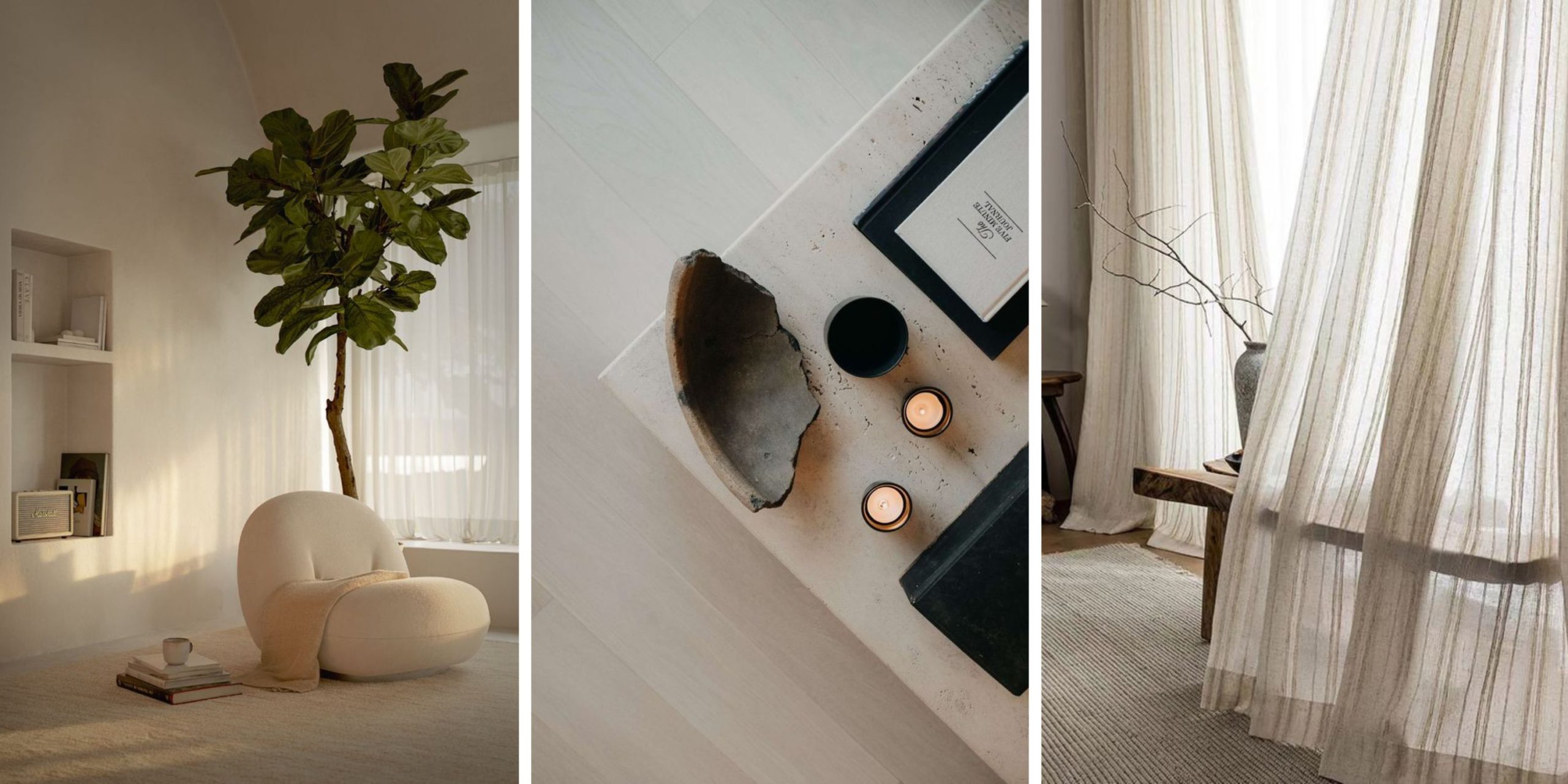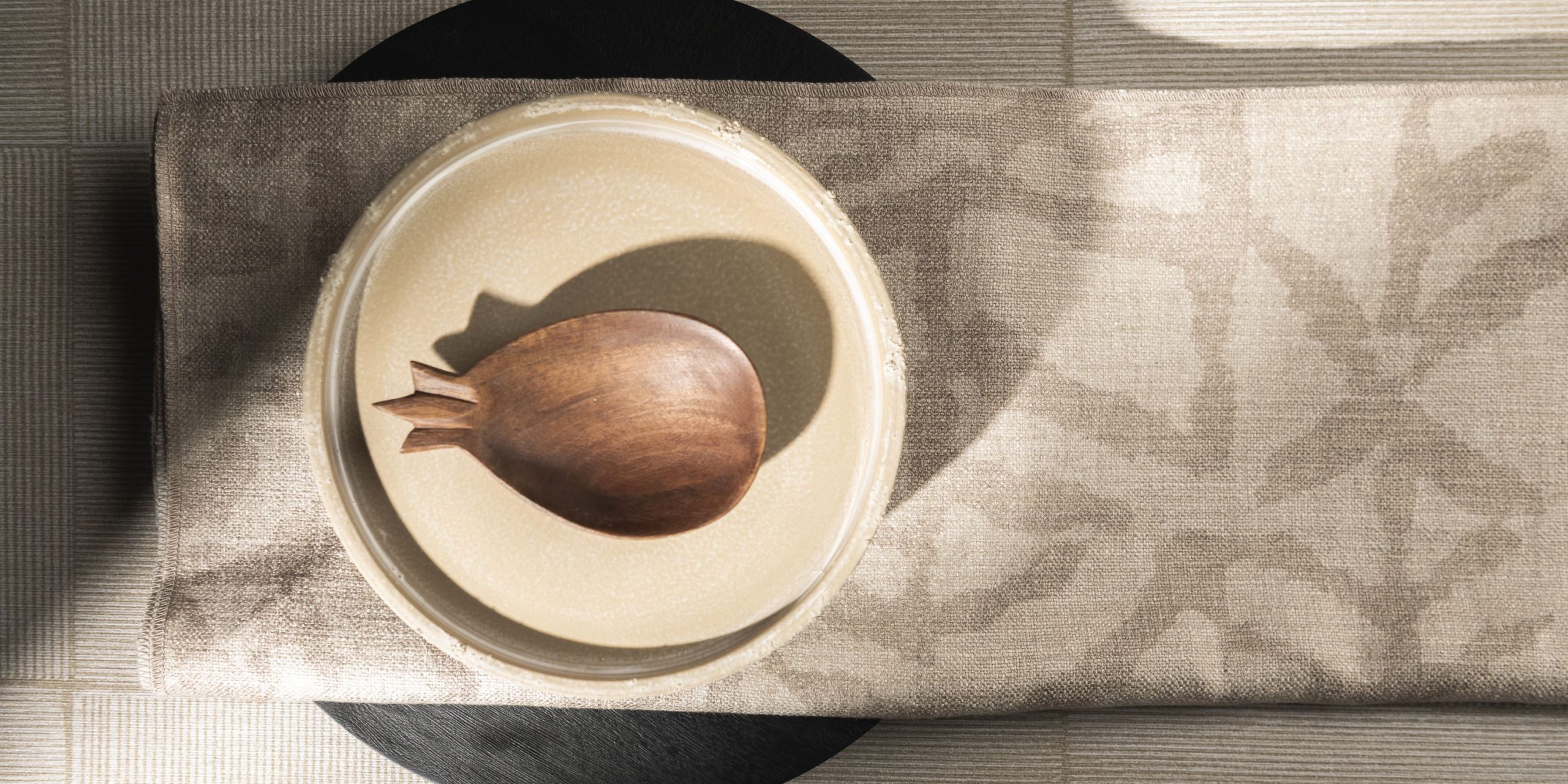
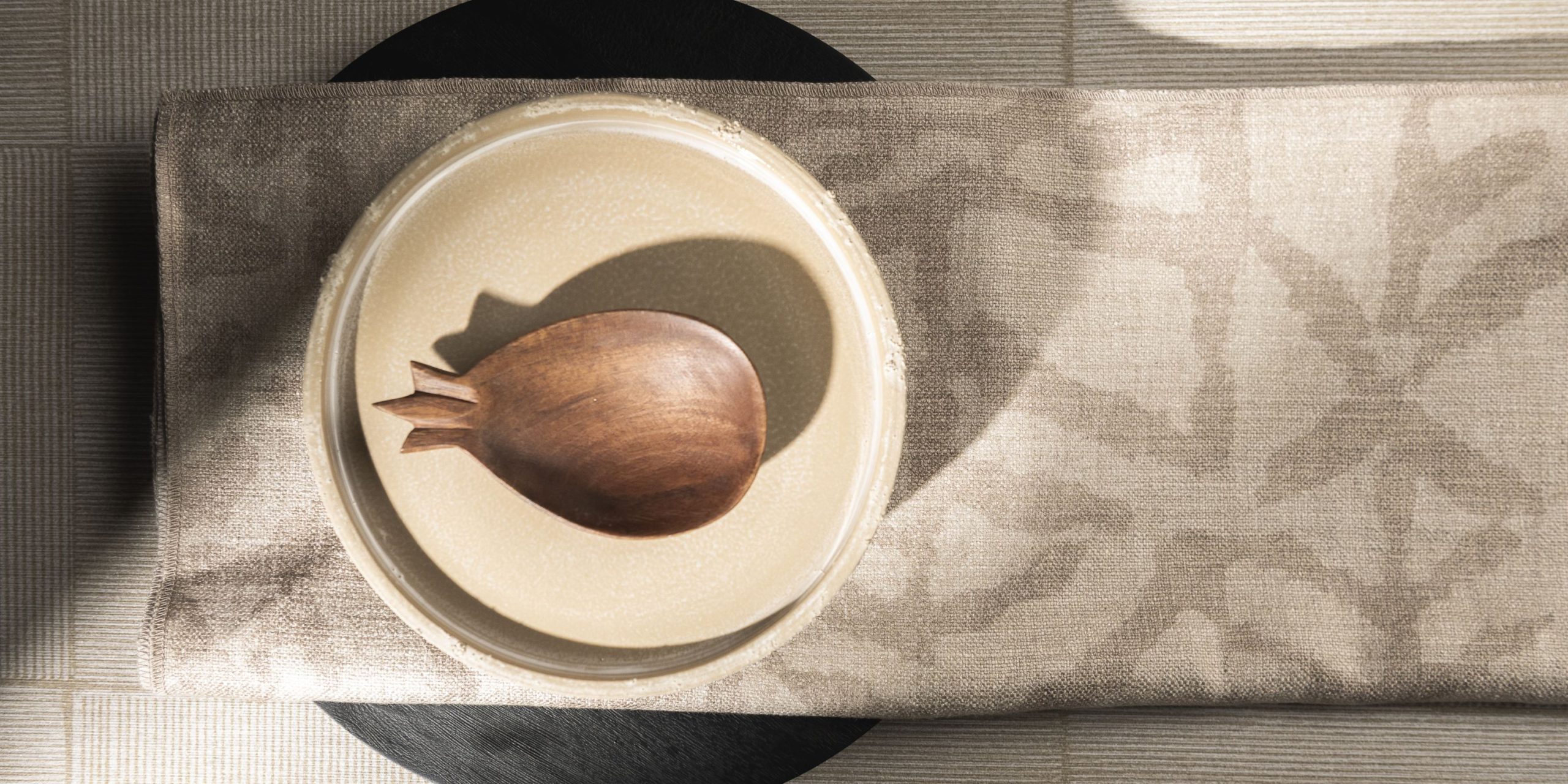
Emerging Trend: Plant-based Fibres and Textiles.
Climate change, a consequence of human activity, is rapidly reshaping our planet through pollution, deforestation, and resource depletion. The fast fashion industry exacerbates this issue by producing synthetic fabrics and exploiting labour, resulting in overflowing landfills.
However, there is a growing movement towards eco-friendly practices, with an increasing demand for sustainable textiles like organic cotton. India is leading this charge, with the organic cotton market projected to reach an impressive USD 6,730.9 million by 2028. As we navigate this critical moment, the significance of plant-based fibres in forging a greener future cannot be overstated.
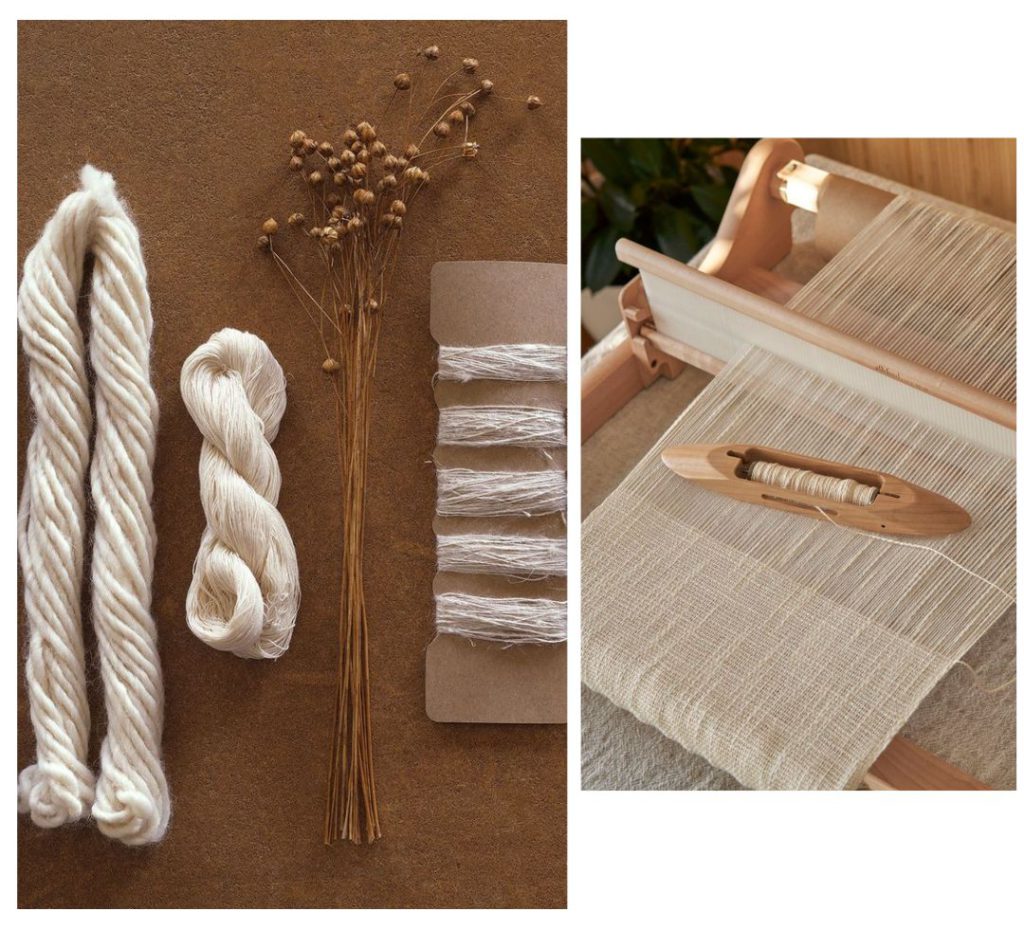
When it comes to interior design, the selection of fabrics plays a vital role in shaping our living spaces and influencing our well-being. Just as the clothes we wear impact our comfort, the fabrics used in our homes affect our daily interaction with the environment. Understanding the origins and composition of these materials is essential for creating a healthy and harmonious home environment.
Join us on a journey through the captivating world of plant-based textile fibres. Let’s explore these fascinating options that can truly transform your home decor.
Cotton, a versatile and widely used natural fiber, finds its place in the textile industry. It’s a popular choice for drapes, sheers, and upholstery, offering softness, comfort, and absorbency that complement various interior design themes. Blending cotton with other natural and synthetic fibers like rayon, polyester, and spandex enhances fabric durability for upholstery and techniques like embroidery.
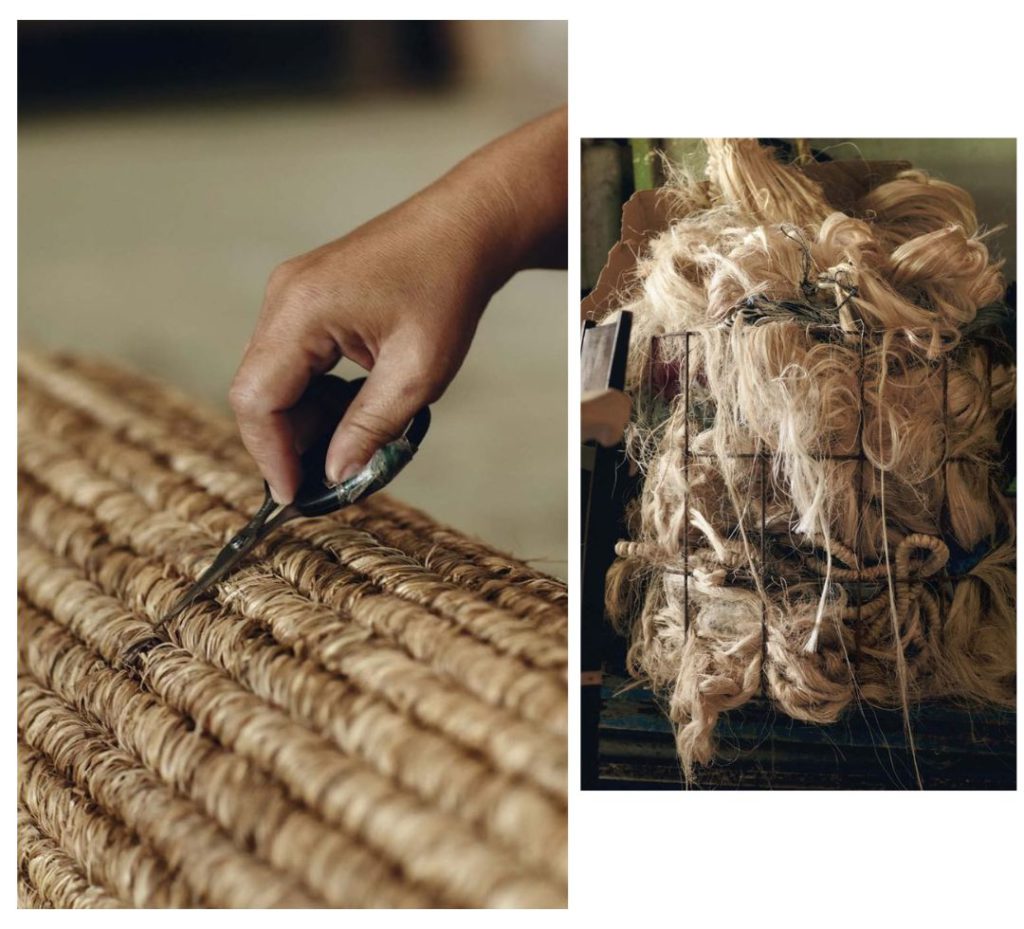
Abaca, derived from banana plant leaves, adds a tropical charm to home decor. Its resistance to saltwater damage and buoyancy make it ideal for wallpapers and room dividers. With advancements in manufacturing processes, abaca is finding its way into an increasing array of home textiles and upholstery, adding a unique flair to interior spaces.
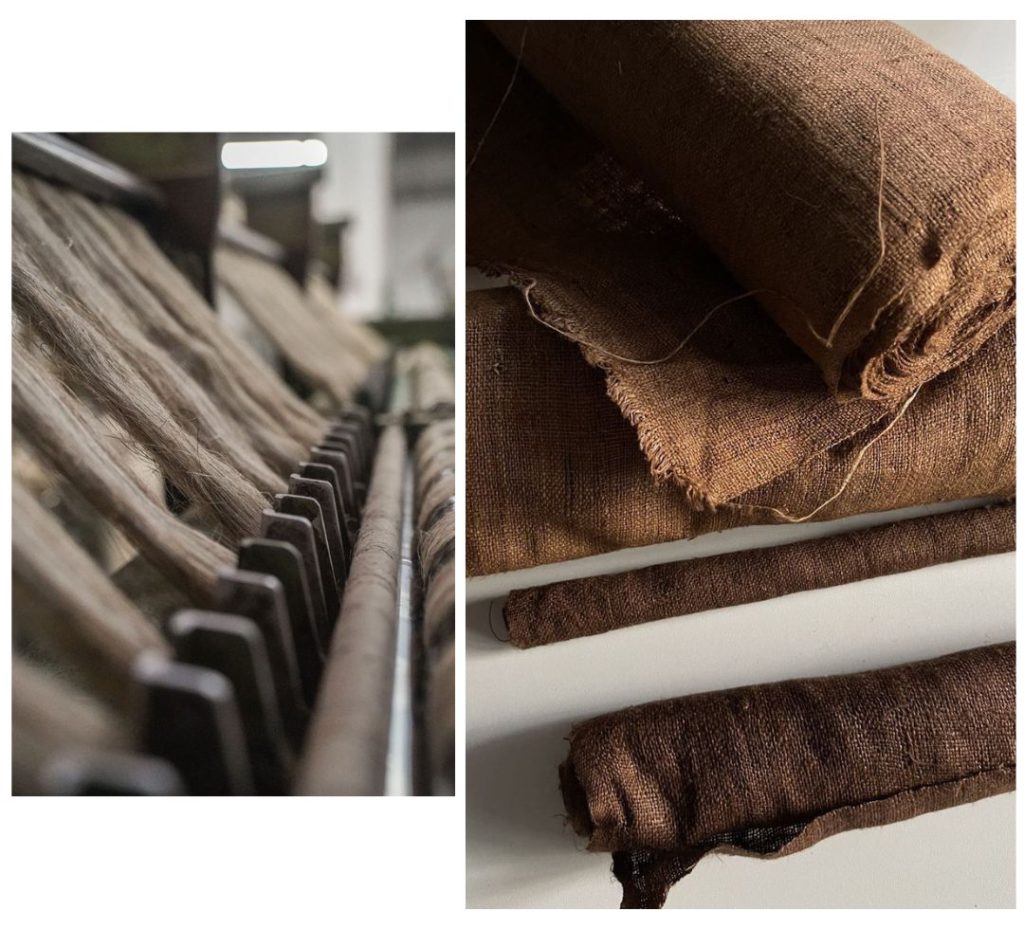
Hemp is making waves in the world of interior design with its eco-friendly properties and luxurious appeal. Its breathable and flowy nature makes it a beautiful choice for drapes, offering both style and functionality. With remarkable heat conductivity and UV protection, hemp fabrics are becoming the go-to option for environmentally-conscious homeowners looking to elevate their decor.
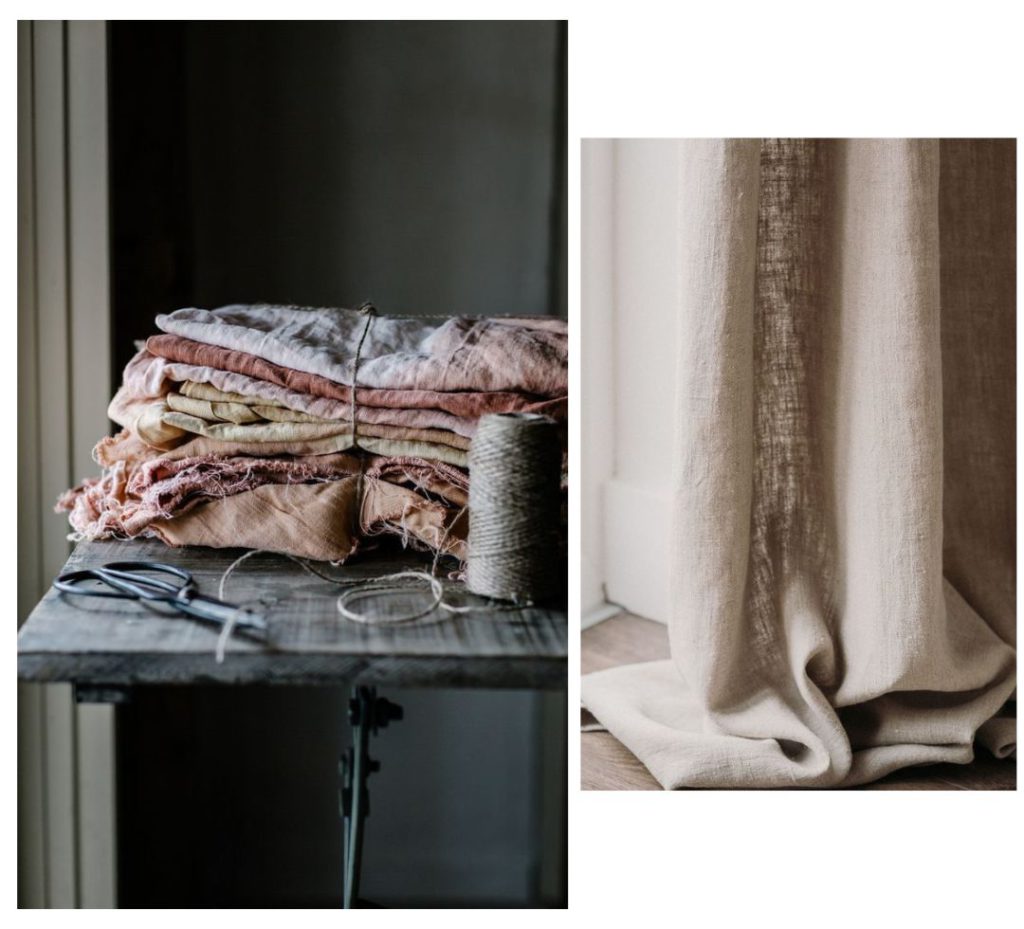
Linen exudes timeless sophistication, effortlessly enhancing any interior setting. Its breathability and flowiness make it perfect for drapes and upholstery, providing a sense of lightness and elegance. Linen remains a staple in high-quality home textiles, especially in humid places like Mumbai and warm climates, offering plush or relaxed vibes depending on the GSM (grams per square meter) varieties.
Sisal, known for its utility in floor coverings and wallpapers, also adds warmth and character to interior spaces. Its natural texture makes it a popular choice for those seeking a rustic or coastal-inspired aesthetic. From rugs to decorative accents, sisal brings organic charm to any room.
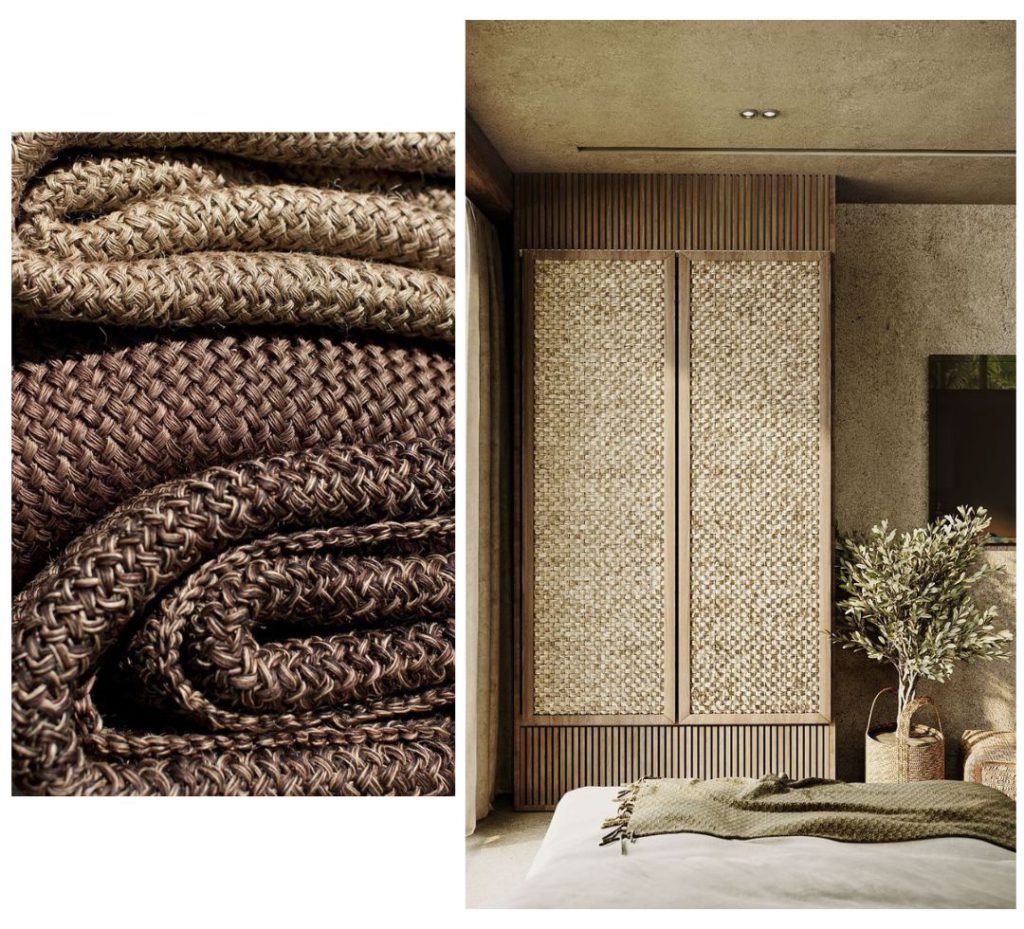
Jute, often referred to as the “golden fibre,” offers affordability and versatility, making it a favorite among interior designers. Whether blended with cotton, linen, or wool, jute lends its natural luster and insulating properties to upholstery and drapes, creating a cozy and inviting atmosphere. As a wallcovering, it adds texture and warmth, transforming plain walls into focal points of interest.
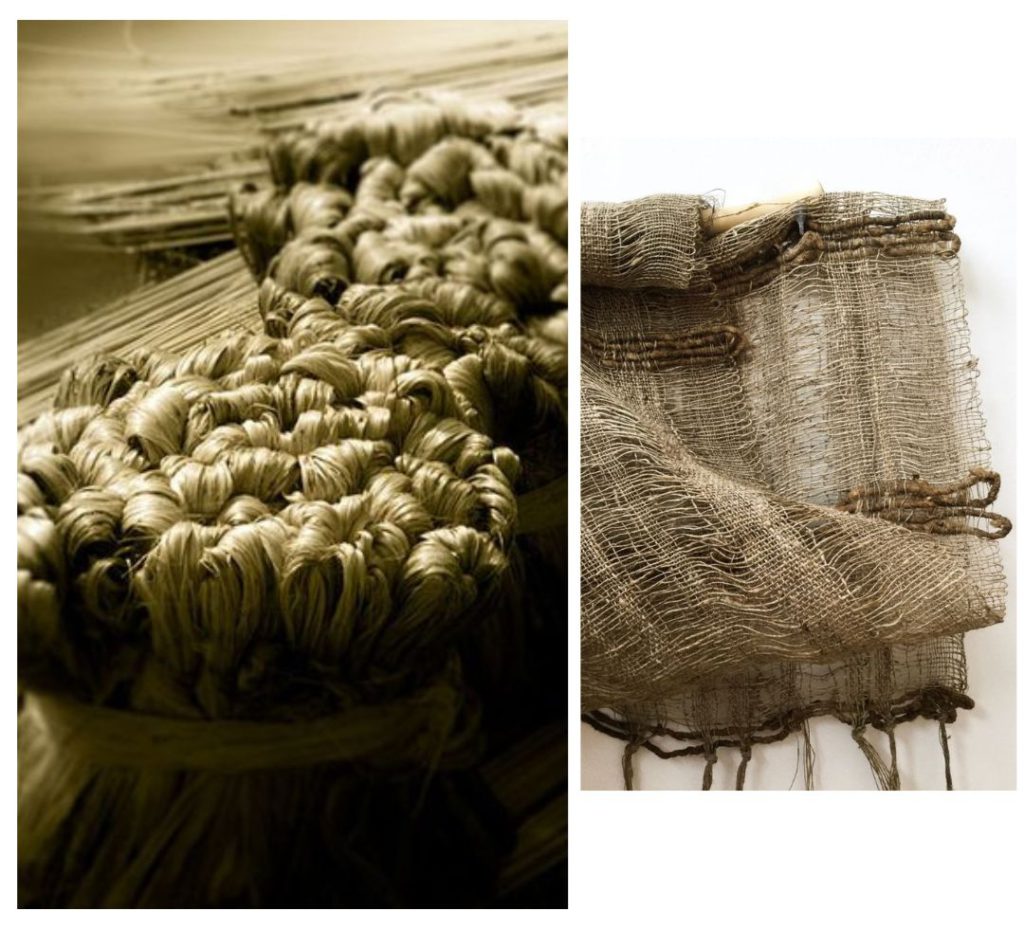
Switching to interior textiles made from natural fibres offers numerous benefits for individuals and the environment. These materials provide exceptional comfort and breathability, effortlessly adapting to weather conditions for a delightful experience. Fabrics like cotton and wool offer a naturally breathable feel, keeping you fresh and comfortable all day long, especially in warmer climates or during the summer months.
Moreover, natural textiles excel in moisture management, effortlessly absorbing excess moisture to create a dry and airy atmosphere in your home. They are perfect for humid environments or areas prone to moisture build-up. Linen and silk, with their inherent antimicrobial properties, are particularly beneficial for individuals with sensitive skin or allergies. They are gentle, hypoallergenic, and incredibly comfortable.
By choosing natural fibres, you not only reduce your ecological footprint but also contribute to a healthier planet. These materials decompose rapidly and safely after use, unlike their synthetic counterparts.
Our Advice: Think Before You Buy
Let’s prioritize fabric composition as the first question before making a purchase, opting for the natural choice. Just as we carefully select new furniture, let’s give the same consideration to our fabrics. Choose natural fibres and infuse a touch of nature’s best into your everyday life.
